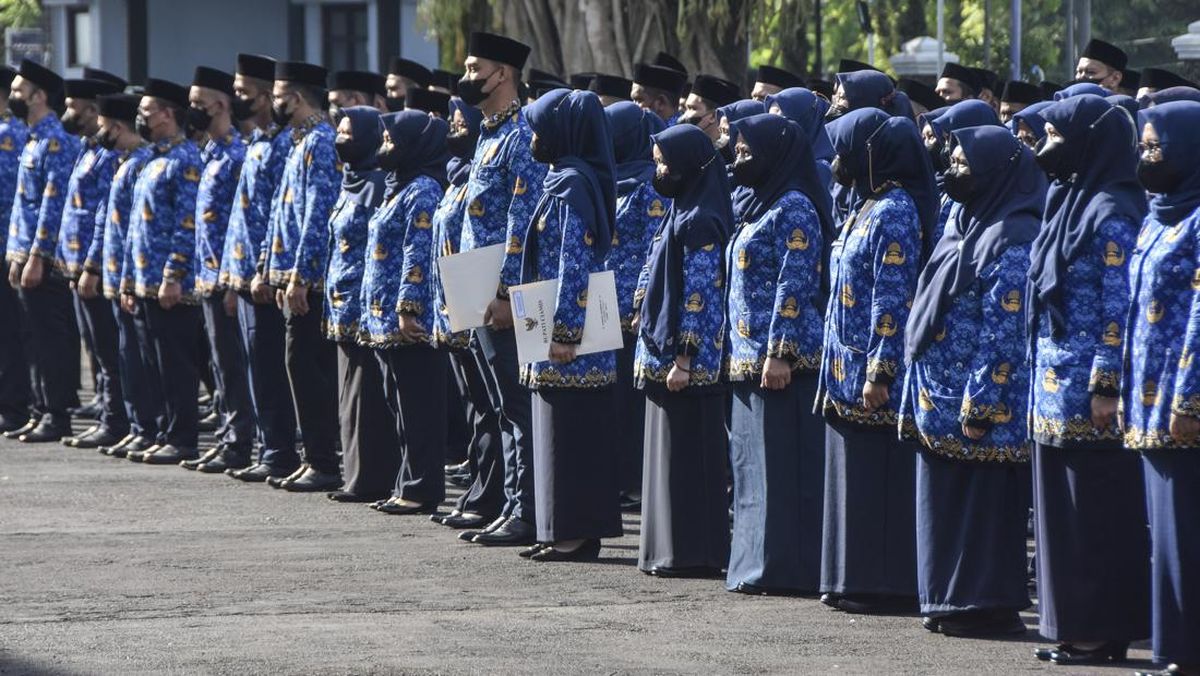TEMPO.CO, Jakarta - The early hours of December 8, 2024, will forever be etched in the history of Syria. Following the collapse of the Assad family regime, which had held power for some five decades, chants of "Free! Free!" echoed throughout Damascus.
The downfall was triggered by the opposition movement that commenced in late November 2024, spearheaded by Hayat Tahrir al-Sham (HTS). This movement not only ousted Bashar al-Assad from the presidency but also forced him to flee the country. He and his family reportedly fled to Russia and received asylum.
During his presidency, Bashar al-Assad was far from a beloved leader. He once refused to step down and even contributed to the conflict within the Middle East.
Citing Aljazeera, Reuters, and Britannica, here is an overview of Bashar al-Assad, the former president of Syria, who went from doctor to dictator.
A Brief Profile of Bashar al-Assad
- Name: Bashar al-Assad
Born: September 11, 1965, Damascus, Syria
Who is Bashar al-Assad? As mentioned in Britannica, he is the third child of the former Syrian President, Hafez al-Assad. The latter was a member of the Ba'ath Party and previously held the role of military officer in the country. In 1971, Hafez al-Assad assumed power in a coup.
Bashar al-Assad, on the other hand, was quite distant from politics. Following his education at the Arab-French al-Hurriya School, where he became fluent in English and French, he pursued his medical degree at the University of Damascus, graduating in 1988 as an ophthalmologist. Subsequently, he worked as a military doctor at a military hospital in Damascus.
From Doctor to Syrian Leader
After spending some time in Damascus as a medical graduate, Bashar al-Assad embarked on a journey to London in 1992. He chose the Western Eye Hospital to further his studies with no ambition to be involved in politics.
However, the unexpected death of his elder brother in a car crash accident in 1995 dramatically altered the course of his life. The absence of a designated successor compelled Assad to return to his homeland.
He soon enrolled in the military academy at Homss, where he quickly rose through the ranks. In just five years, he became a lieutenant colonel and was later promoted to colonel in January 1999.
The presidency of Bashar al-Assad actually began after his father's death (due to heart failure). The absence of power resulted in the Syrian parliament lowering the minimum age for presidential candidates from 40 to 34. This was all so that Assad could run for office. Does this sound familiar?
When Assad first came to power, many hoped for the day of revolution. But it turned out that he had assumed a leadership role in the government that was strikingly similar to his father's 30-year authoritarian rule.
A False Hope for Revolution
Following Assad's inauguration on July 11, 2000, there were few significant changes in the political landscape. Apart from some economic changes, the new leader continued his father's authoritarian approach, which resulted in significant challenges to democratic processes.
The economy improved only marginally during his presidency. Government bureaucracy made it difficult for the private sector to grow. And the political situation did not improve.
Beginning in March 2011, protests erupted across the country, calling for a revolution in response to the Arab Spring. By the sixth month of the protests, instead of a change, over 2,000 people had been killed.
Assad was also notorious for refusing to step down from his position. By the fall of 2011, countries were calling for Assad’s resignation, but the conflict remained. Many also condemned his actions for the countless civilian deaths and the use of chemical weapons against civilians.
The End of Bashar al-Assad’s Reign
After being in power for over two decades, the regime of Bashar al-Assad finally came to an end at the end of 2024. It all started on November 27, when a coalition of opposition fighters initiated by the HTS launched a massive assault against pro-government forces.
The first attack occurred on the front lines between the opposition-held Idlib and the neighboring Aleppo governorate. Three days later, opposition fighters successfully took over Aleppo, Syria's second-largest city.
Soon, the Assad regime lost control of the government. Assad reportedly left Syria through Damascus International Airport when the airport was secured by the military. The military abandoned him shortly after, and opposition fighters took control.
So, where is Bashar al-Assad now? Following the fall of his government, Reuters reported that he fled Damascus for Russia after Moscow granted him and his family asylum.
"For decades, the regime has been a source of oppression, instability, and destruction," said Fadel Abdulghani, executive director of the Syrian Network for Human Rights, as cited by Aljazeera.
Editor's Choice: Bashar Al Assad and Family Flee from Syria, Granted Asylum in Russia
Click here to get the latest news updates from Tempo on Google News

 3 months ago
120
3 months ago
120












































